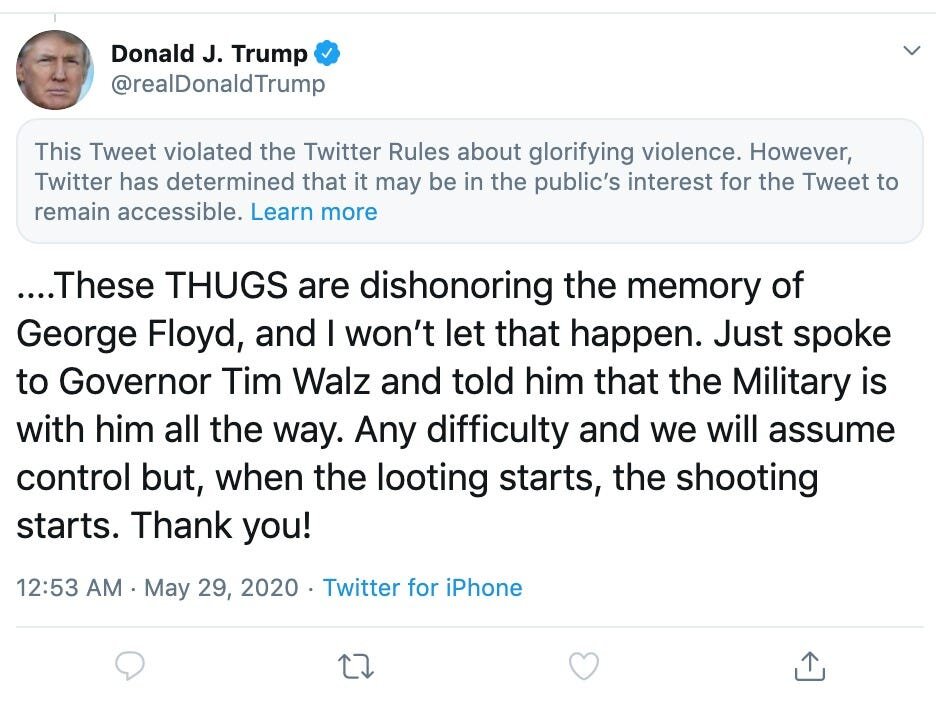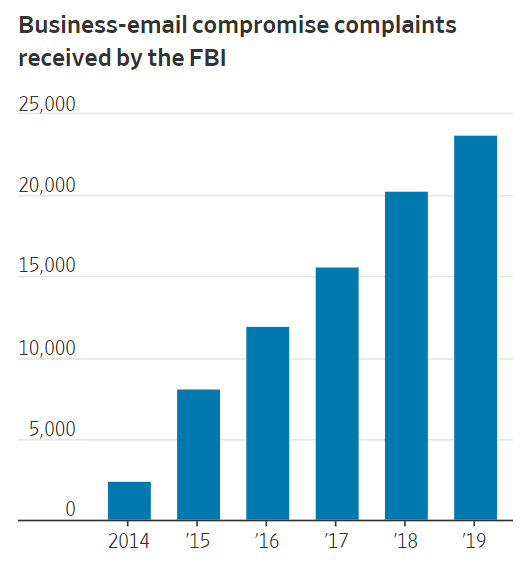Zuckerberg Testifies About 2012 Emails
/Mark Zuckerberg faced one particularly tense moment during the U.S. Congressional Antitrust Hearing. Rep. Jerry Nadler (D-NY) accused Facebook of antitrust activities in its acquisition of Instagram:
“Facebook, by its own admission ... saw Instagram as a threat that could potentially siphon business away from Facebook. So rather than compete with it, Facebook bought it. This is exactly the type of anti-competitive acquisition the antitrust laws were designed to prevent.”
Nadler’s conclusion is based on 2012 emails among Zuckerberg and his staff. In one email he wrote about Instagram:
“One way of looking at this is that what we’re really buying is time. Even if some new competitors springs up, buying Instagram, Path, Foursquare, etc now will give us a year or more to integrate their dynamics before anyone can get close to their scale again. Within that time, if we incorporate the social mechanics they were using, those new products won’t get much traction since we’ll already have their mechanics deployed at scale.”
Within an hour, Zuckerberg sent a second email, which some say proves his guilt:
“I didn’t mean to imply that we’d be buying them to prevent them from competing with us in any way.”
During the hearings, Zuckerberg defended the acquisition:
“I think the FTC had all of these documents ... and unanimously voted at the time not to challenge the acquisition. In hindsight, it probably looks obvious that Instagram would have reached the scale that it has today. But at the time, it was far from obvious.”
Discussion:
Research and describe relevant U.S. antitrust laws.
Read more about the 2012 emails and watch the hearings. How well did Zuckerberg defend the Instagram acquisition?
Did Zuckerberg’s follow-up email prove his guilt? Why or why not?

















